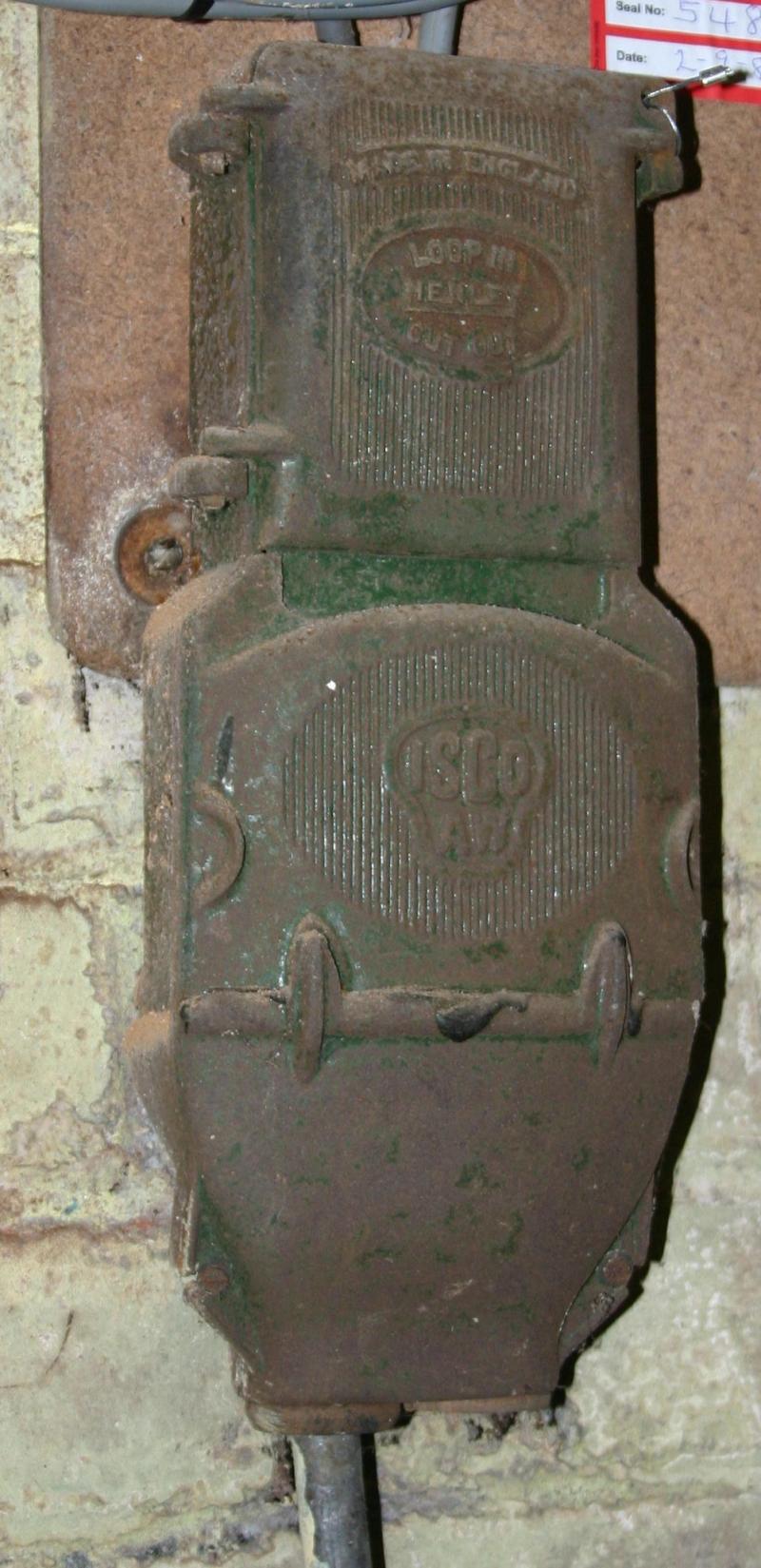Hello,
I'm trying to fill in an EIC ready for the visit from the BCO.
I've got a few questions someone might be able to help with?
1) "Supply Protective Device Characteristics" - I presume this refers to the service fuse. I can't see any markings on it other than the manufacturer. How can I determine the type and rating? Can I assume BS1361, 60A?
2) PSC - I have a Robin KTS1610, which I now have instructions for, it describes measuring earth loop impedance, but not supply impedance. Can I use the 3 lead test set with green & black probes both connected to neutral at supply and red to live to measure supply impedance at the CSU? (Due regard to safety, GS38 fused probes etc.) Then calculate PSC from supply voltage? Is there another method I can use to get the PSC figure?
3) External Loop impedance. Is this measured with service bonds in place? (We are TT, I've already recorded earth electrode resistance individually on EIC page 2 using a loop test on isolated electrode.
4) Main Switch. I have a 100A main switch in the meter tails (mine not DNOs) in a separate box labelled "Main Switch" feeding 100mA S type in CSU. Should the 100A isolator be recorded as the main switch or the 100mA S-type that protects the whole system?
Thanks in advance
I'm trying to fill in an EIC ready for the visit from the BCO.
I've got a few questions someone might be able to help with?
1) "Supply Protective Device Characteristics" - I presume this refers to the service fuse. I can't see any markings on it other than the manufacturer. How can I determine the type and rating? Can I assume BS1361, 60A?
2) PSC - I have a Robin KTS1610, which I now have instructions for, it describes measuring earth loop impedance, but not supply impedance. Can I use the 3 lead test set with green & black probes both connected to neutral at supply and red to live to measure supply impedance at the CSU? (Due regard to safety, GS38 fused probes etc.) Then calculate PSC from supply voltage? Is there another method I can use to get the PSC figure?
3) External Loop impedance. Is this measured with service bonds in place? (We are TT, I've already recorded earth electrode resistance individually on EIC page 2 using a loop test on isolated electrode.
4) Main Switch. I have a 100A main switch in the meter tails (mine not DNOs) in a separate box labelled "Main Switch" feeding 100mA S type in CSU. Should the 100A isolator be recorded as the main switch or the 100mA S-type that protects the whole system?
Thanks in advance


